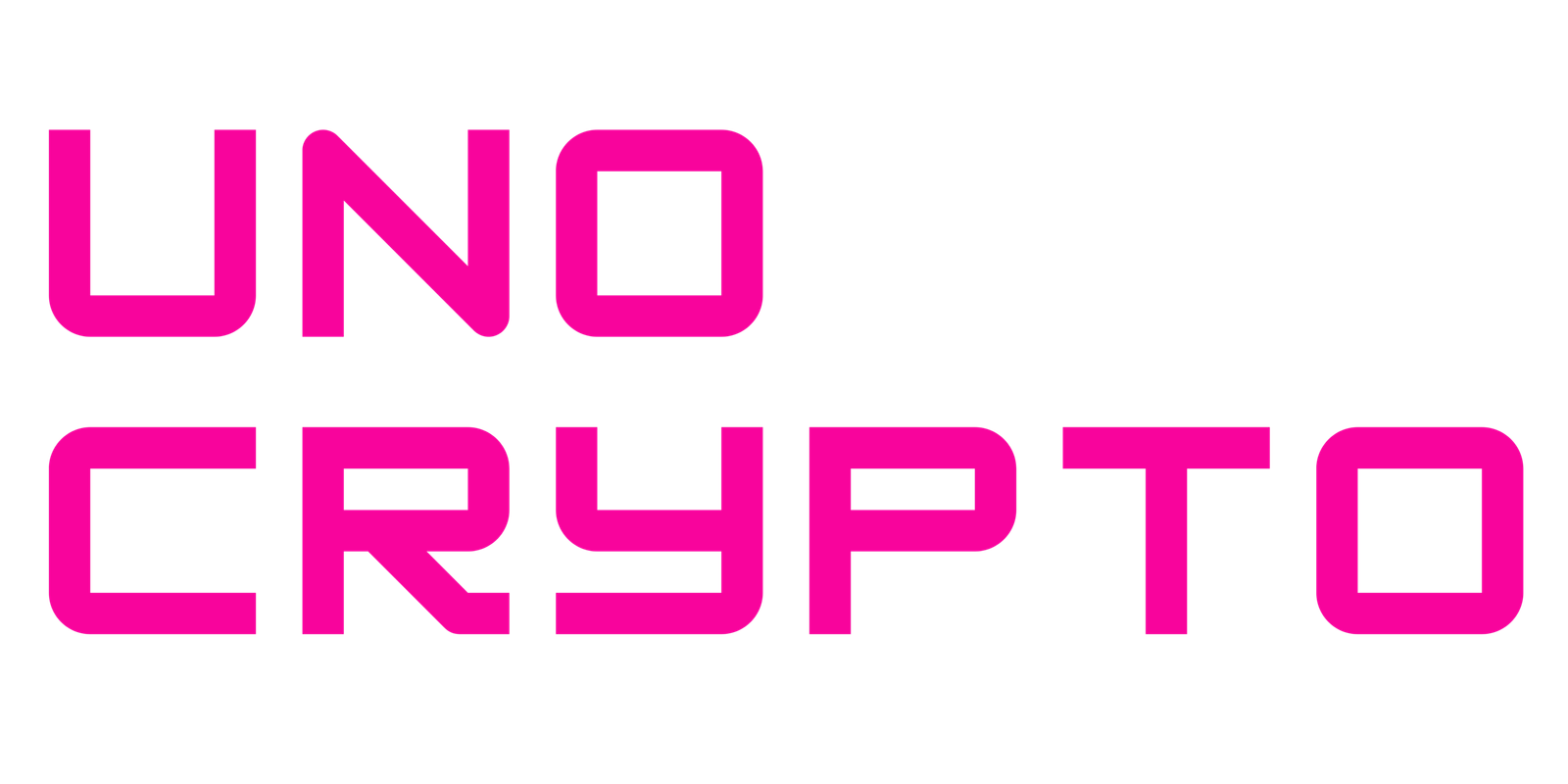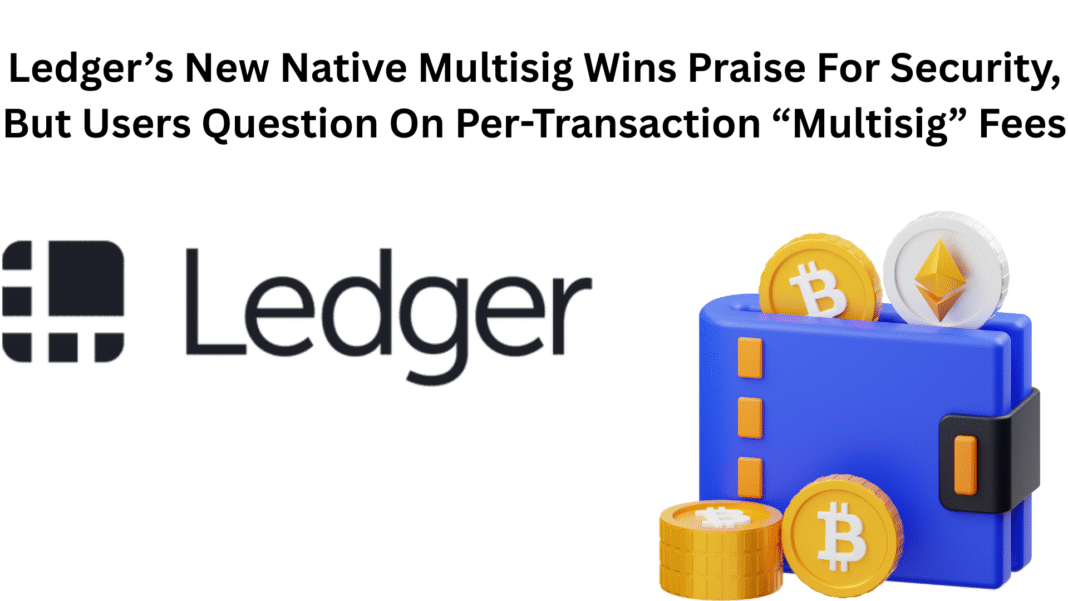Developers and regular users have had differing opinions on Ledger’s new native multisig capability. While many have praised the addition, others have questioned the company’s choice to charge per-transaction fees.
Mixed reaction from the community
Along with the Nano Gen5 gadget and the updated Ledger Wallet software, which takes the place of Ledger Live, the functionality made its debut on Thursday.
With the launch of Ledger’s first internal coordination system, multiple signers may now validate transactions using the business’s backend rather than external tools like Spectre or Sparrow.
The company’s decision to impose a $10 flat fee on regular transfers and a 0.05% fee on ERC-20 token transactions on top of regular network gas expenses drew criticism from a large number of developers and security experts.
Ledger CTO Charles Guillemet added to the uncertainty on Thursday by writing on X(Twitter) that “the best part” of the release was that “Ledger Multisig is free.” No additional fees. Not complicated.
He explained the comment the next day, adding, “The tweet contains an error. According to the document and the announcement made during Ledger Op3n, Multisig is a premium service.”
What does this mean?
Guillemet went on to say that the fees cover the cost of audits and infrastructure maintenance required to enable the service’s extra security levels.
In a tweet on Friday, security researcher and developer “pcaversaccio,” a key contributor to the crypto-security response network SEAL-911, said that the approach runs the danger of converting multisig users into a corporate income stream, referring to it as a “cash-cow” strategy that goes against Ledger’s cypherpunk origins.
In a different post, developer “Sarnavo,” who works on the Avalanche ecosystem project Team1, echoed that sentiment, stating that although clear signing increases security by enabling users to examine readable transaction details before approving them, “that same trust feature is now being turned into a paywall.”
They pointed out that the company’s concealed transaction service for signature coordination creates transparency issues and that Ledger’s closed-source interface prevents consumers from verifying how data transfers during signing.
The original Nano S, which was the company’s flagship and most popular wallet, does not support Ledger’s new multisig functionality either. The concept, which was long promoted as the low-cost gateway to self-custody, continues to be used by millions of people.
This shows that even when securities are kept as a top tier when it comes to the cost for transactions, the community can keep that first. As far as the company’s plans are concerned, how its people handle the backlash is still to be seen.
Also Read: Hackers Hijack NPM Packages, Millions Of Crypto Wallets At Risk, Warns Ledger CTO


